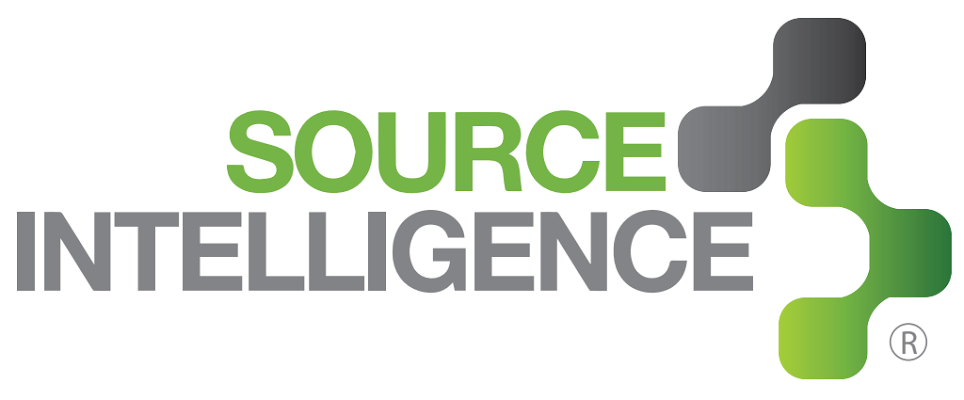Conflict Minerals Data Quality Wins Over High Response Rates

As companies take the time to reflect on the effort that they underwent to collect Conflict Minerals information for Reporting Year 2014 and start to consider the efforts required for Reporting Year 2015, one thing that will likely be on their minds is the question of what response rate from my suppliers is acceptable? About 50% of companies that submitted a Form SD and/or a Conflict Minerals Report to the SEC included a response rate as part of their filing. There was a broad range of response rates, anywhere from a 100% response rate from Dillard’s to 17% from National Oilwell Varco, Inc.
At a recent conference in Chicago on Conflict Minerals, hosted by Marcus Evans, there was a lot of discussion about what response rate was “good enough.” Should companies be striving to achieve a 100% response rate, or is a lower response rate acceptable under certain circumstances? The general consensus at the conference was, it depends. Each company is going to have a different target response rate, which will depend on a variety of factors, from their exposure to the consumer public to the industry in which they work.
One presenter, in the Aerospace industry, emphasized the importance of quality over quantity when it comes to supplier responses. Some companies may receive a response from all of their suppliers, but these responses still need to be checked to ensure they contain the necessary information. In addition, any problems that are found must be addressed or the outcome of the RCOI will not be significantly different than doing nothing at all. It is absolutely necessary to follow up with suppliers on any issues that may arise from their response, such as inconsistencies in their response to missing smelter information.
Those that focus solely on a response rate may be not have the resources required to support a more robust RCOI and so are looking for the most straightforward way to gauge their success. For a company that only needs to file with the SEC and does not need to worry about customer requests, listing a high response rate may help with its public image. There is enough gray area within the SEC rule that many companies have not yet felt the need to list out the smelters they use or the countries of origin that have been discovered.
In the long-term companies will likely need to take a combined approach, seeking to improve their response rate while at the same time increasing their understanding of what supplier responses mean, and what follow-up actions should be taken. Performing the RCOI is a huge first step but there is a remaining giant leap to understand the origin of materials processed by smelters. Setting up an in-depth investigation of smelter certifications, transit routes and countries of origin will be all but a necessity in the years to come. Both customer and consumer expectations on transparency will increase as the rule becomes more mature and more information is available for comparison. Even those companies that have no desire to be leaders will need to continue to improve in order to stay part of the pack.
For 2015 conflict minerals industry trends, reserve your seat at “The Road to A Comprehensive Conflict Minerals Program in 2015: Perspectives from Multi-Industry Program Leaders” webinar hosted by Source Intelligence on July 2, 2015.
The panel presentation “Building A Future Ready Conflict Minerals Program” from the Marcus Evans conference above is also available for download here.

